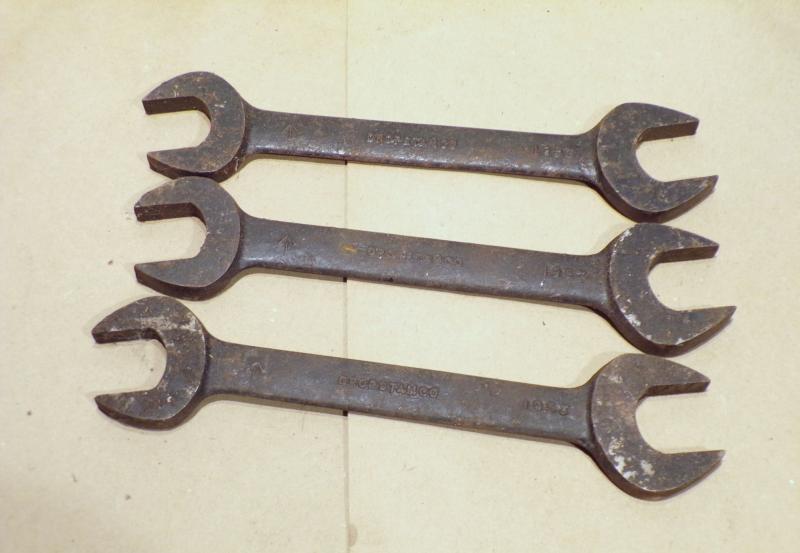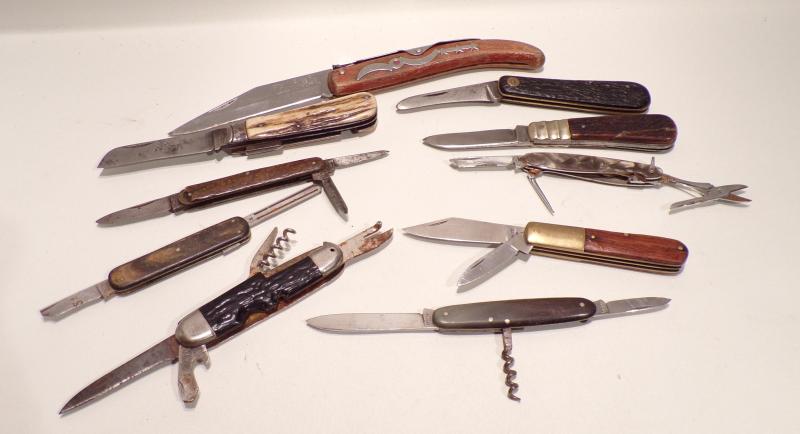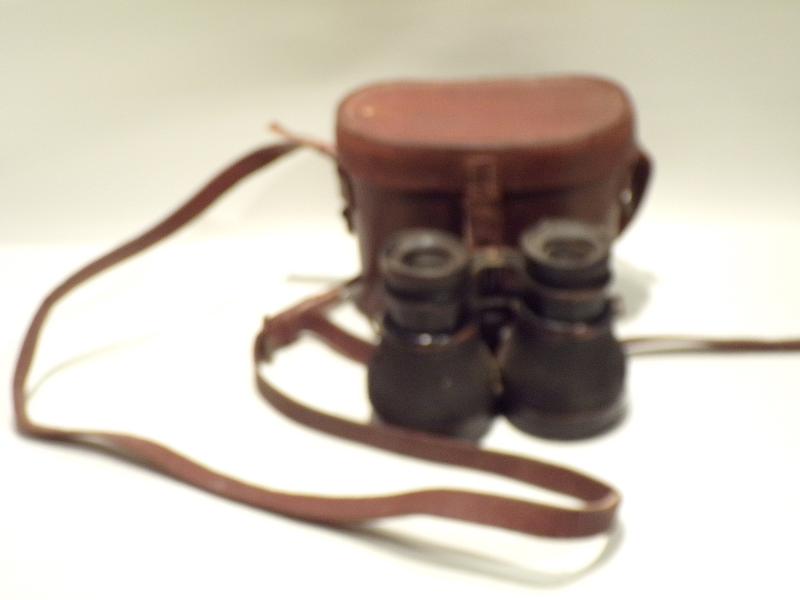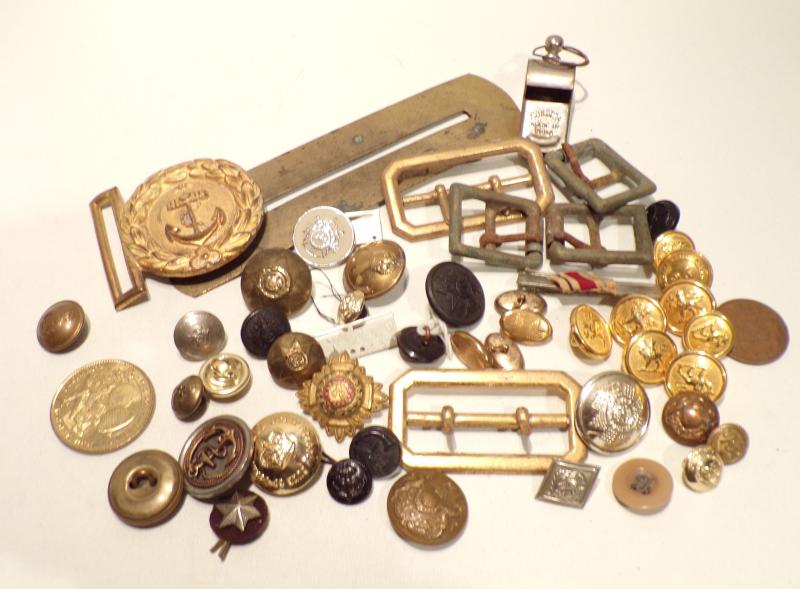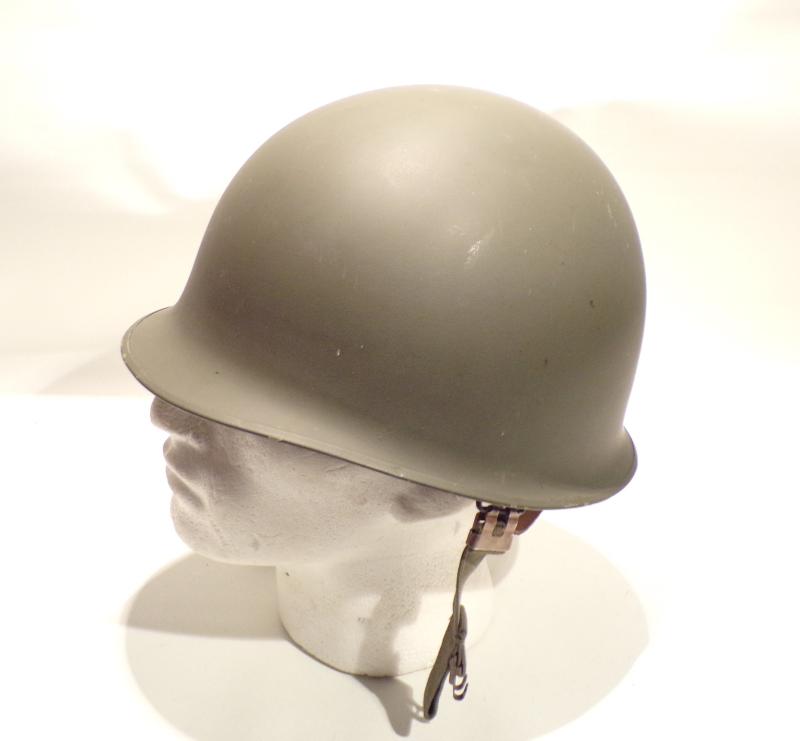Welcome to the A2Z Sale
Thank you for visiting our clearance sale, all items are sold as seen and no returns. Instant payment required via PayPal, Bank Transfer or by Card via PayPal.
I will ship as soon as possible via Royal Mail 48 hour tracked or by courier for larger orders.
Thanks again and have fun. read more
Price
on
Request
Various Vintage Headwear.
Red and green berets, a vintage sea scouts cap, and a WW2 Zuckerman helmet with no liner. All one lot. read more
10.00 GBP
3 Rogers Type Utility Knives.
Three old William Rogers type knives with stacked leather grips, all in need of help, one missing its guard.
Ship to UK Mainland Only. Proof of age required on purchase, over 18’s only. read more
3 Military Vehicle Spanners.
Three 1950s double ended military spanners all three 13/16ths and 25/32ths AF and all with broad arrow marking. All in very good condition retaining original finish. read more
10.00 GBP
10 Vintage Folding Knives.
10 folding pocketknives, some with multiple blades and some A/F, all you see in the pictures.
Lot 40
Ship to UK Mainland Only. Proof of age required on purchase, over 18’s only. read more
WW1 Era H H & Sons Ltd ‘Pilot’ Binoculars in 1914 Case
A well marked pair of blackened brass binoculars in a 1914 dated leather case, they were made by H H & Sons Ltd of London and they are marked ‘pilot’ but I think this is the design name, they also carry a registration number. The lenses are nice and clear but the surface shows signs of age and use and the eye pieces have been reduced in size in a rough manner, they measure 3.75 inches high. read more
14.00 GBP
Bag Full of Militaria.
a US army M6 Gas mask bag full of various militria including rifle magazine clips, bandaliers and bullet holders etc, everything you see in the pictures.
Lot 11 read more
14.00 GBP
Mixed Buttons, Buckles etc
A good mixed lot of buttons, belt buckles, button stick and including a whistle. Everything you see in the pictures.
Lot 35 read more
Cold War Belgian M1 Helmet.
Belgian Ulbrichts-made M1 helmet complete with outer shell and liver with both leather and web chin straps.
excellent condition. read more
20.00 GBP
6 Wood & Brass Lock Knives
6 good quality lock knives with hardwood scales and solid brass ends. All in good used condition.
Lot 26
Ship to UK mainland only, proof of age required on purchase, over 18’s only. read more
25.00 GBP





